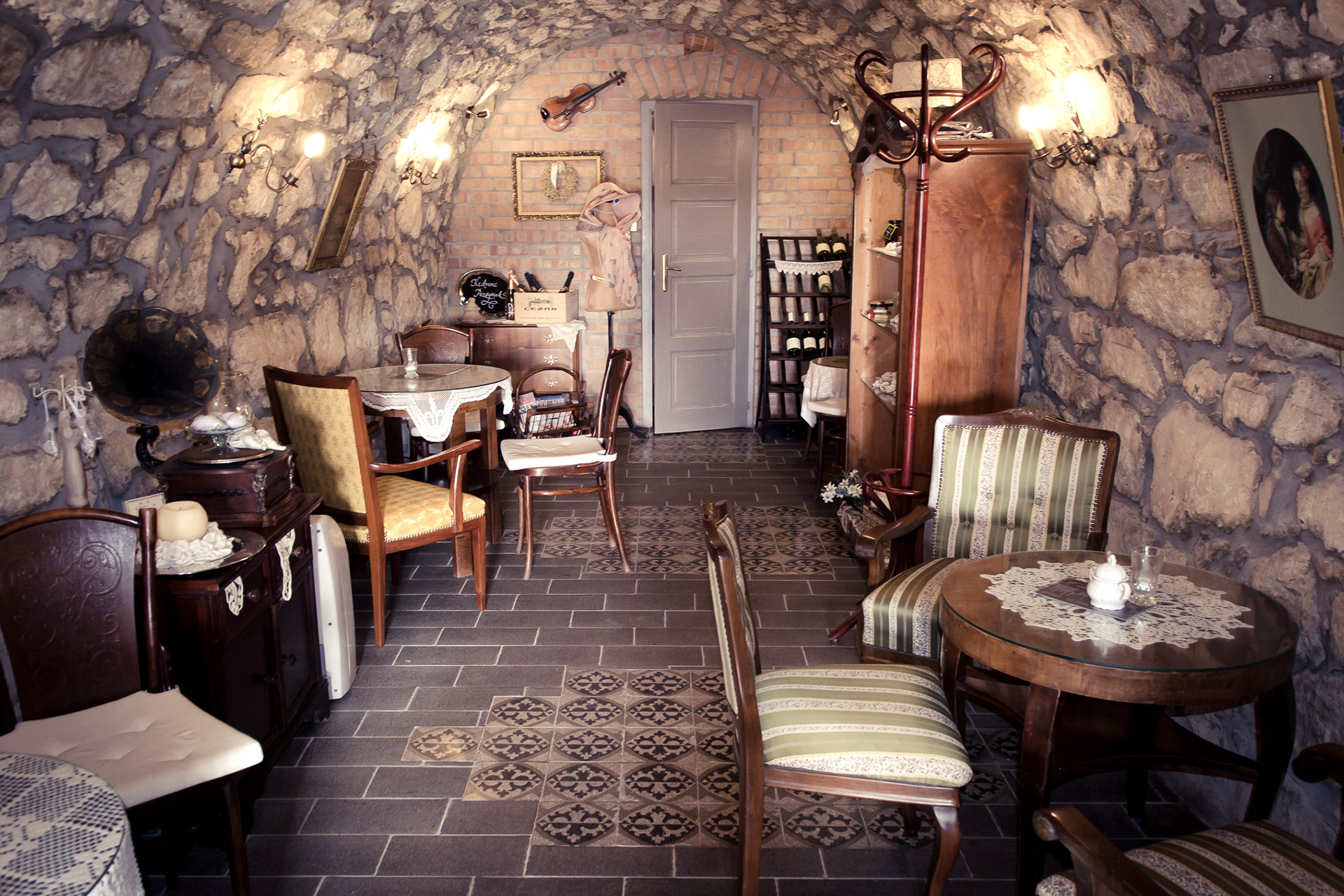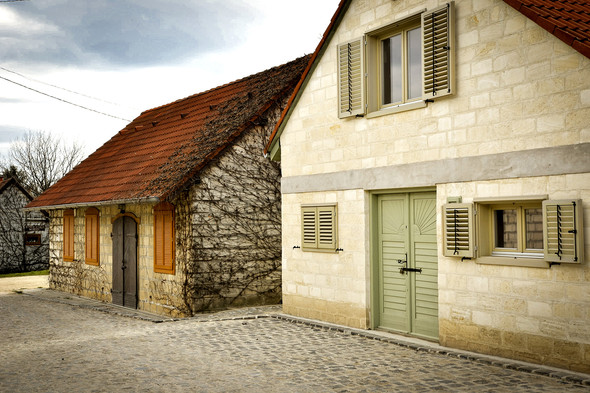There is a historical tradition about the wines of Buda, that they –mainly the reds - are famous all over the world. There is also another tradition, from the new era, which states that the wines of Etyek-Buda are fresh, fruity and crisp. It’s not really a good idea to confuse these two facts just out of mere sentimentalism. Nowadays, there is Budapest spreading out and colonising the ancient vineyards of the Buda wine region; however, the nearby Etyek-Buda wine region is another story altogether.
Of course, the Romans were here too and apparently they also cultivated grapes, but in this region, Buda and the nearby villages can thank the Germans for their modern day (18th century) viticulture. The Danube Swabians, who settled there during the first half of the 1700s, cleared the forests and planted vines on the hillsides. István Kerkápolyi, a lecturer at the Technical University of Budapest, harvested the, at that time, legendary red of Buda, more specifically, the red of Sashegy, in 1908. As the Hungarian capital slowly expanded into its vineyards, wine production was being developed in the surrounding settlements, which is how Etyek became the city’s ‘vineyard’. In the 1860s, Biatorbágy, Bicske and Tök were the most important viticulture areas, in addition to Etyek. The terroir there can also be compared to the Champagne region in terms of its climate and soil texture, so it’s hardly surprising that József Törley, who is still the most popular sparkling wine producer even now, conceived his sparkling wine cellar here. Originally he was an employee of Teophil Roederer, then he founded his own Champagne House in Reims. Finally, he arrived in this wine region during a base wine purchasing trip, where he bought a vineyard and a press house, and in 1882, moved his facilities here from Reims. He sold 1 million bottles of sparkling wine per year during the heyday of the winery. From 1896, he received the K&K (Imperial and Royal) rank, which was nearly a trademark, after which he was also knighted by Franz Joseph I., gaining the name of Csantavér. But in 1907, he died unexpectedly during a holiday in Belgium. The family mausoleum is situated in the garden of the Törley Manor and is now in quite bad shape, unfortunately, to the shame of the country. In 1944, the factory was bombarded and in 1949 it was nationalised. A new boom only came about after the change of the political system, when Germans bought the company from Hungarovin, and which has been the property of Törley Pezsgőpincészet Kft (Törley Sparkling Wine Ltd) since 2005.

The Etyek-Buda Wine Region was set up in 1990 and extended in 1997 when it gained its present name. The classic Champagne varieties feel at home here too, so it’s no surprise to find Chardonnay and Pinot Noir in nearly all wineries, and probably Sauvignon Blanc can also be considered a permanent resident. Unfortunately, smaller producers rarely make sparkling wine, but this wine region has made returning to this tradition a clear aim! The region has serious advantages because of its excellent location. It certainly profits from the proximity of the capital and the vineyard of Budapest is striving to be true to its old name once again. Pál Rókusfalvy, a former media personality turned oenologist, has shown everlasting merit in all this, as he has successfully created a new image for the wine region using his personal contacts and professional knowledge. The festival series, Etyek Picnic, is a huge draw for wine-loving crowds, enabling businesses to provide higher and higher quality services, not only around wine, but in hospitality too. At the moment, the real effects of this on tourism can mostly be felt in the vicinity of Etyek, but in the long run, the whole wine region could profit from this. In addition, the changes in the public‘s taste may also prove beneficial for the Etyek wines, as the lively acids given by the calcareous soil make for fresh, elegant, crisp wines, while the cooler climate is responsible for the persistent primary fruit aromas. The newly born elegant, dry, reductive style of wines with their moderate body and alcohol are a perfect fit for this trend which is growing in popularity in Western Europe. Fortunately, nowadays there is also suitable accommodation, either in Etyek or Zsámbék. In the latter, it is worth taking a look at the ruins of the Early Mediaeval church, but the surrounding villages also entice us to stop with their rows of stone, Germanic-style cellars. Moreover, the gastronomic revolution of the capital has been followed by the opening of some excellent restaurants here, so if you’re passing through the area, you shouldn’t miss having lunch at Walter in Perbál or at the Rókusfalvy Inn in Etyek. Budapest itself is a stunning destination, but for those staying more than three days, it’s probably worth organising a one-day trip out here.






